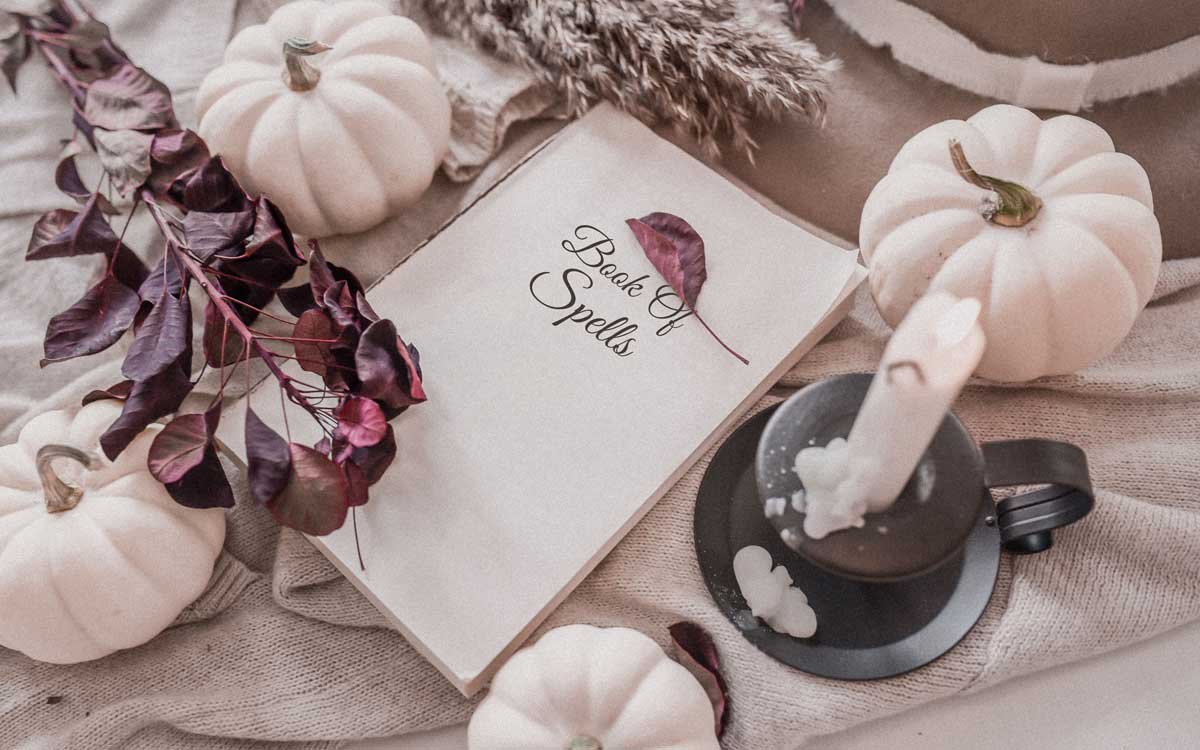You discovered that witchcraft is not just something of fantasy and myth, and you decided you wanted to dive deeper into it. Amazing! Whether you learned about it from a friend or just because it is trending on social media like TikTok, I am just happy you found this possible spiritual path for yourself. However, the internet is a dumpster fire of aesthetic blogs and racially biased witchcraft accounts that have kept you from finding valid information all while some TikToker is screaming at you that you need to research but you’re broke and can’t buy books. That’s fine. Witchy Whims is here to help.
What to Research
- Your Witchy Ancestry – Start by looking within yourself to your ancestry and culture. Ancestry does not have to be blood, it can be traced in your adoptive families too. What cultures are in your background? What folklore and occult practices are linked to that culture? Remember all cultures have some form of witchcraft if you dig deep enough.
- History of witchcraft and the occult – You don’t need to know every detail of witchcraft history. It’s virtually impossible given the myriad cultures that use and record Ancient Craftwork. However, it is good to have a foundation for your craft to build respect and understanding. For example, if you are a White American looking to start your journey do not say “We are the granddaughters of the witches you did not burn.” It’s catchy, quite popular, and grossly inaccurate. The witch trials were not about witchcraft and the witches weren’t burned. It was entirely rooted in racist and sexist rhetoric and used to assert segregation and dominance. Misconceptions like this will inhibit your connection to the universe and the roots of the craft.
- Types of magick – There are hundreds of witchy paths and it is unlikely you’ll know about all of them, however, I do think it’s a good idea to pick a few you like.
- Spiritual vs. Religious vs. Secular – These terms are important to help you distinguish whether you want to incorporate your belief system into your craft. For more discussion on spirituality vs. religion, check out my blog post: The Difference Between Religion And Spirituality.
- Spirituality vs. Witchcraft – For some people, spirituality better fits what they are looking to do than witchcraft. Learning to distinguish the two can be an amazing skill.
- 12 Universal Laws – Sometimes referred to as the 12 spiritual laws. Not all witches believe them but there’s no harm in learning them and seeing if any resonate with you.
- Casting a Circle – This or some form of protection is essential to your craft.
- Closed Practices – Do not do anything before reading up on closed practices. It is not only important but essential for a modern-day witch to build their craft on a base of respect for other cultures.
How To Research
Keeping this rather short and simple; research is difficult. Information on witchcraft, especially more modern information, is flooded with bias and fogged by the lens of the Neopagan and Wiccan rise of the 50s and 60s. Although there is nothing wrong with either form of spiritual belief, witchcraft exists entirely on its own. When authors tie witchcraft to a particular belief system, they tend to create “rules” that aren’t necessarily there. For example, a large misconception is that all witches have to live by the “Law of Three” or the Wiccan Rede, which is just not the case.
Despite this, books are usually your safest bet on where to get information. If you want some free resources or can’t buy books, then you can either go to your local library or risk the misinformation of the World Wide Web. If you end up having no other option outside the internet here are some things to keep in mind:
- Only use social media posts as starting points on what to Google.
- Only read posts on spiritual blogs and keep in mind that they are just as fallible as social media. (Including this one)
- History and Theology Websites are great starting points for building your own beliefs and learning background research, however, they won’t help much in modern-day practice.
- If a practice seems to be off-road from historical references it may just be someone’s interpretation.
- Find communities that will help you with your research. (If you want you can even join our Discord.)
Spellwork when you first begin
When you first step into spellwork you should already know what your main form of protection is going to be. The main reason most people start with casting a circle is that you don’t need items to do so (although many witches include certain items in their circle-casting ritual). However, if you’re an ancestral witch you may have a protective talisman that’s been passed down to you. If you are a chaos witch you may feel more drawn to sigils for protection.
Once you know how to cast protection you should practice your protection magick types whether that be through enchantments, spell jars, or incantations. After you’ve spent the time cultivating your protection methods you can start dabbling in other types of spells. Two spells I recommend for beginners are self-love and mental clarity. Some spells I do not recommend trying right away are curses, seduction, or money spells. This is because spells like these have so many unforeseen repercussions even if the spell is cast successfully. It’s very hard to make sure everything follows through exactly as you want.
For a deeper look at witchcraft, you can check out our Witchcraft Master Doc

Leave a Reply